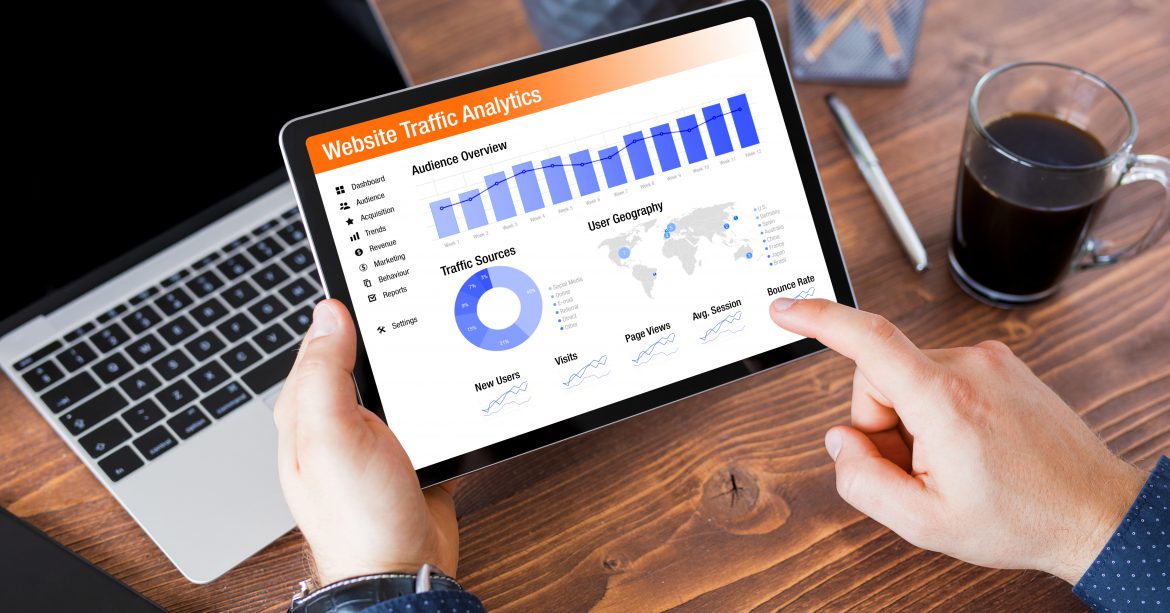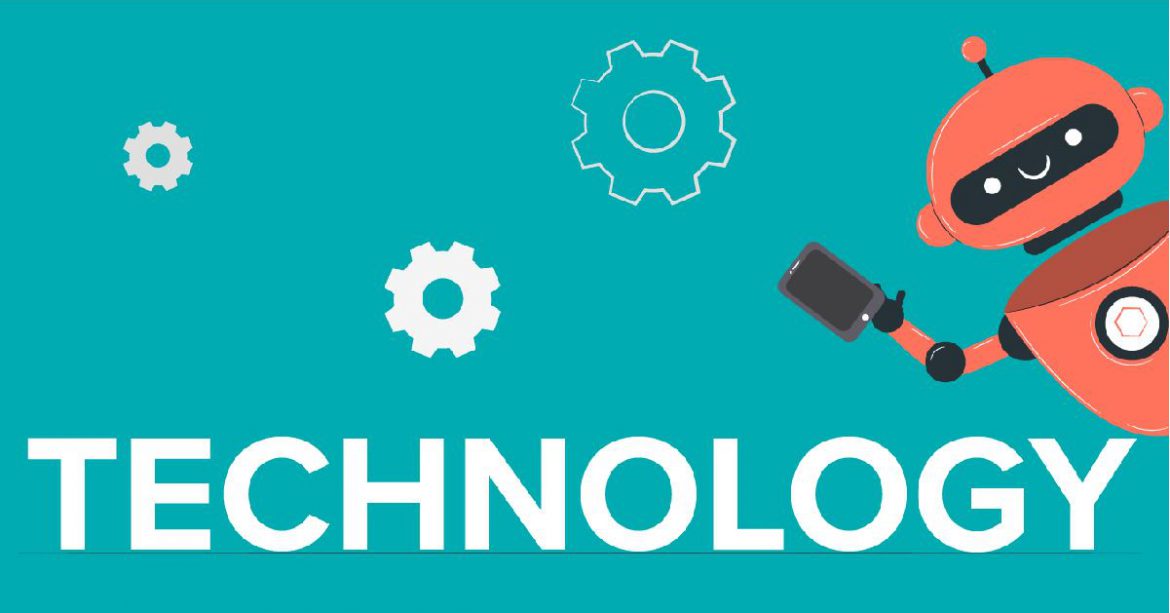Is There A Digital Dashboard For Marketing Strategy?
A digital dashboard is a visual representation of marketing statistics such as data metrics, data points and KPI’s. It helps improve aspects such as turning data into business value by showing only the most important data points and better leverage statistics in order to improve business ...
Your Strategic SEO Checklist to Building a High Traffic Website
Everyone wants a website that sees a lot of traffic, high engagement and a high conversion rate. Unfortunately, with over 1.86 billion websites online, creating a highly engaging, competitive website that generates a lot of traffic is easier said than done. Fortunately for marketers, there are ...
The Ultimate Marketing Technology Stack for 2021
The incredible growth of marketing technology cannot be understated. We have seen from Gartner’s 2018-2019 study that marketing technology or “martech” is increasingly becoming a focal point of most businesses marketing budgets, accounting for roughly 29 percent of marketing expenditures on ...
How Google Analytics has changed
Google Analytics is a powerful free and paid web analytics tool for businesses to track their web or app performance. Launched on November 15, 2005, following the acquisition of Urchin Software, Google Analytics has changed significantly in the last 15 years. Google Analytics started with the ...
Know Your Audience, Engage Actively With Target Audiences
You’ve streamlined your product. It’s ready to fly off the shelves in droves. But, where do you find customers that want to buy it? Don’t let your product die on the shelf or spoil in a digital cart. Develop a loyal target audience that fits perfectly fits your product design.
SEO and The Robots Improving It
Last week, we talked about the importance of Key Performance Indicators (KPI) and how they can secure leads for your business. Next up on our list is Search Engine Optimization (SEO). Why is this feature so important and how exactly can you implement it within your business plan and marketing ...








